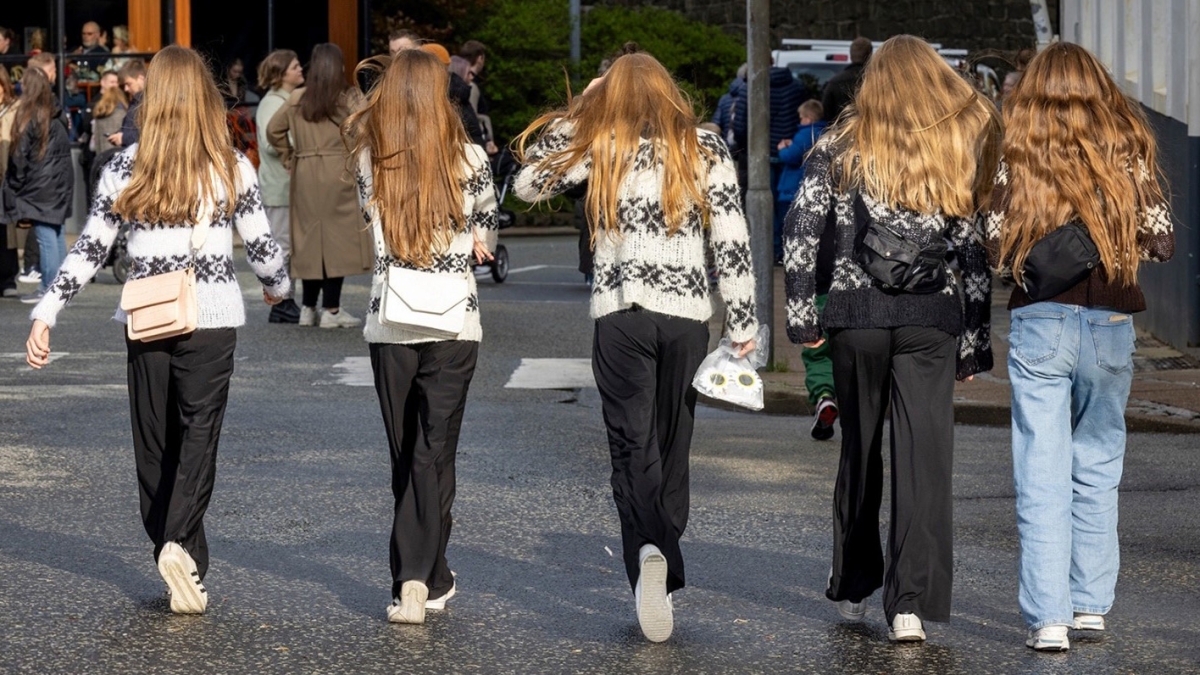25. Nov 2024
Fifth of Faroese, tenth of Icelanders emigrate

Earlier this year, Statistics Faroe Islands started reporting on resident retention rates.
It is now possible to compare resident retention figures in the Faroes and Iceland, thanks to a collaboration with Statistics Iceland.
The resident retention rate tracks the proportion of individuals from each generation who remain in the Faroe Islands over time. This is done by closely following the people in the age groups who lived in the country when they were a certain age until today. Read more about this concept at the bottom of the article.
Fewer young Icelanders emigrate
There are great differences in how many people in the Faroes and Iceland move abroad. In the Faroes, across generations, about 40% of each year group moves abroad when they are in their twenties. About half of them move back to Faroes when they are in their thirties. This means that one in five in each year group no longer lives in Faroes.
The situation is different in Iceland, where considerably fewer people in their twenties move abroad. For people born in the 1980s, fewer than 20% of each age group moved abroad when they were in their twenties. For those born in the 1990s, about 10% emigrated from Iceland. This demonstrates a notable shift in resident retention rates across generations in Iceland.
Compared to Faroese people in their twenties, considerably fewer people in Iceland move abroad to live. However, fewer Icelandic youths return to Iceland to live. Repatriation is thus considerably higher in the Faroes than in Iceland.
Improved retention in Iceland – not much change in the Faroes
In the Faroes, about one in five people in each generation no longer lives in the Faroes when they are in their thirties. Retention rates have not changed much in the Faroes across generations.
In Iceland, among the older generation, about one in five no longer lived in Iceland when they were in their thirties. This has changed slightly from the older generations to the younger generations. In the younger generations, about one in ten no longer lives in Iceland.


About the resident retention rate
The resident retention rate tracks the proportion of individuals within each generation who remain in the Faroes over time. This is achieved by following individuals from a specific generation, starting at a particular age, and monitoring their residence status over time.
Since individuals are tracked from a specific starting age, the resident retention rate for any generation will naturally be 100% at that age and cannot exceed 100% in subsequent years. The retention rate thus does not apply to those who were not originally part of the selected generation, or birth cohort.
Information about people’s residence status and thus also the starting age is only available from 1985 onwards.
Long-term residency status in the Faroes means that a person has either lived in the country for half of their life or for seven out of ten consecutive years at one point in their life.
In this article, the starting age of 18 years is selected to see how large a proportion of young people in a generation still live in the country when they get older. This is because many individuals, especially those up to school age, are added to a generation in the early years, potentially skewing the data.